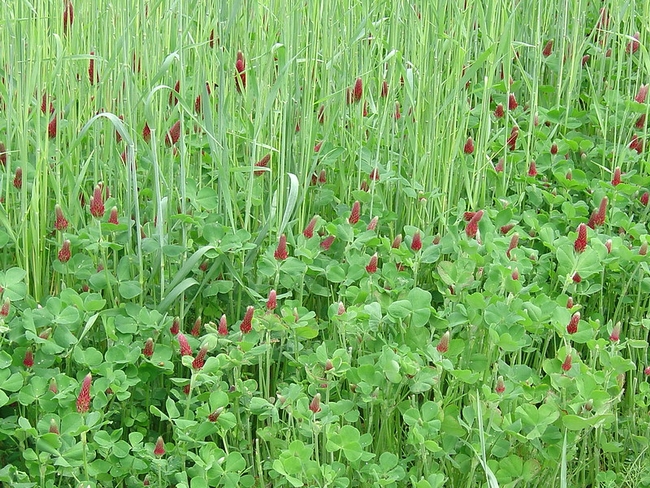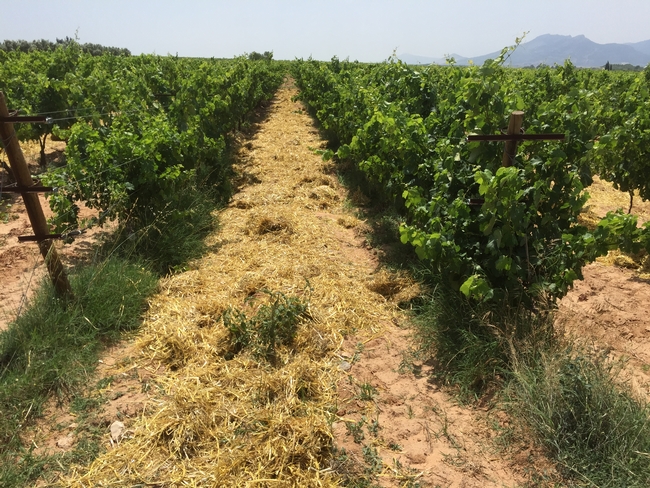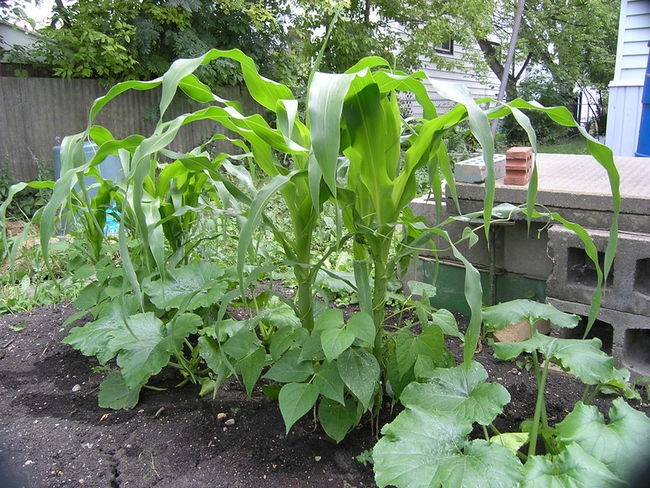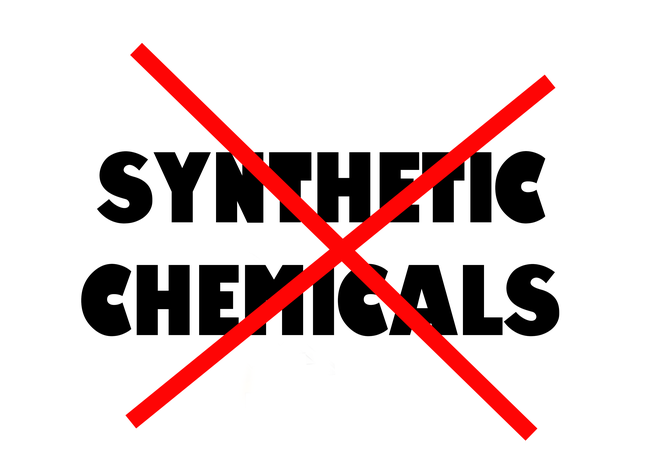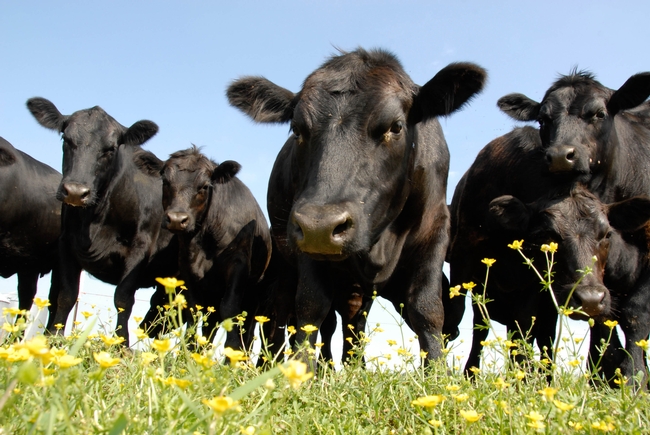I keep running into the words “regenerative agriculture,” a movement first promoted by the Rodale Institute in the 1980s. According to Regeneration International, the phrase describes methods of farming and grazing that potentially reverse climate change “by rebuilding soil organic matter and restoring degraded soil biodiversity.” Regenerative practices support carbon drawdown—the capturing and sequestering of atmospheric carbon—and improve water retention in our soils.
Like many people, when I encounter something unfamiliar and want to know more, I turn to Google. From online sources, I learned that regenerative agriculture is a new term, but the practices go back hundreds of years to indigenous peoples. People are now talking about regenerative viticulture and regenerative gardening as well. I was happy to learn that I already incorporate some regenerative agriculture practices in my own gardening and grape growing.
Regenerative agriculture is based on five basic principles and attendant practices. There are no step-by-step processes to follow or hard and fast rules or formulas. All five principles matter and most are relevant to home gardeners. They aren't sequential so you can address them in any order.
The principle I'll start with is to minimize soil disruption. We've all seen images of farmers tilling fields with a tractor or walking behind a horse-drawn plow. Farmers traditionally do this to break up soil and prepare it for seeding. Over time, tillage can degrade soil structure and create highly compacted soil that seemingly “needs” to be tilled before spring planting. Planting cool-season cover crops reduces compaction, builds organic matter and holds soil in place. The result is soil that retains moisture and doesn't form a hard cap.
Like farmers tilling fields, many home gardeners turn over the soil every spring prior to planting. One of the first lessons I learned as a Master Gardener is that this chore is unnecessary. Loosening the soil with a pitchfork is sufficient to improve the absorption of water and compost. More vigorous digging only disturbs soil microbes. Unfortunately, I learned this lesson after purchasing an expensive rototiller that I ended up giving away.
Keeping soil covered with plants year round is another important regenerative practice. It allows the soil to absorb water and carbon, which keeps it alive. It also minimizes erosion and weeds and prevents desertification, the process by which fertile soil becomes desert.
I can't say I have completely adopted this principle as my use of cover crops has been inconsistent. However, every year I protect my soil by covering it with compost, leaves or straw. This practice has effectively prevented erosion, maintained soil fertility and suppressed weeds.
A third principle, growing a variety of plants for biodiversity, mimics natural ecosystems. A classic example of this is the “three sisters” system used by Indigenous people. They planted corn to provide support for beans, which fertilize the soil by providing nitrogen. The third “sister,” squash, provided shade that discouraged weeds and minimized evaporation. Rotating crops is another way to promote plant diversity.
I've done a good job of rotating crops in the past, but this year I will take it a step further. Instead of having essentially separate gardens for annual herbs and vegetables, I'm going to plant combinations of basil, parsley, cilantro, tomatoes, cucumbers, eggplants, squash, peppers and lettuces together. Instead of having a separate plot for corn, I'm going to follow the “three sisters” approach and include shelling beans and pumpkins. This plan is pretty radical for me as I have always felt a need to keep crops separate.
A fourth principle of regenerative agriculture is avoiding synthetic chemicals. Chemical fertilizers discourage plants from seeking nutrients deep in the soil and working with soil microbes for nutrition. The result is less carbon sequestration.
I confess that, prior to becoming a Master Gardener, I sinned and used chemical fertilizers in my garden. The thought of instant gratification led me down that path. Today I know that slow-release organic fertilizers are better for both short- and long-term goals.
I have also learned not to apply any type of fertilizer until I know what the soil needs. Too much of any nutrient is not good, so have your soil tested before fertilizing. You can use a professional lab or purchase a soil-testing kit from a local nursery. I usually find that a few inches of compost each spring is all that my soil needs.
Planned grazing is a fifth regenerative agriculture principle, unrealistic for gardeners without livestock. I have a small flock of chickens so at least I have a source of compost and a few dozen eggs each week.
My interest in gardening and grape growing is a little greater this year as I won't be doing the same things over again. Recently I had to pull out two-thirds of my vineyard after it became infected with Pierce's disease. Previously I had focused on planting as many grapevines as possible. Now I have a clean slate and can increase diversity by planting more fruit trees and a hedgerow of native plants. Change is good even if I find it a bit scary.
Food Growing Forum: Join UC Master Gardeners of Napa County for a hands-on workshop on “Spring and Summer Vegetables” on Sunday, March 12, from 2 pm to 4 pm, at UCCE Office, 1710 Soscol Avenue, Napa. Your best summer vegetable garden begins in March. Plant quick-growing cool season vegetables now before the weather warms, and follow those crops with the ones that love our warm summer days. Learn about soil maintenance, seed starting and irrigation. Garden-ready seedlings and planting calendars will be shared. The forum is free but registration is required at https://ucanr.edu/2023foodforummarch.
Gardening with the Masters: Join UC Master Gardeners of Napa County and Ole Health for a hands-on worshop on “Preparing for Spring Vegetable Gardens” on Saturday, March 18, from 10 a.m. to noon, at Ole Health, 300 Hartle Court, Napa. Class size is limited so please register at https://www.olehealth.org/our-services/community-outreach-resources.
Workshop: Join UC Master Gardeners of Napa County for a workshop on “Lawnlessness: Think Beyond Turf” on Saturday, March 25, from 10 am to noon, at Las Flores Community Center, 4300 Linda Vista Avenue, Napa. Learn about lawn alternatives that are attractive, drought tolerant and low maintenance, and that help mitigate climate change. The workshop will be indoors, but dress warmly and be prepared for some outdoor activities, weather permitting.
Registration required: https://surveys.ucanr.edu/survey.cfm?surveynumber=39854
Help Desk: The Master Gardener Help Desk is available to answer your garden questions on Mondays and Fridays from 10 a.m. until 1 p.m at the University of California Cooperative Extension Office, 1710 Soscol Avenue, Suite 4, Napa. Or sSend your questions to mastergardeners@countyofnapa.org. Include your name, address, phone number and a brief description of the problem. For best results, attach a photo of the plant. You may also leave a voicemail message with the same information at 707-253-4143.
Attached Images:
